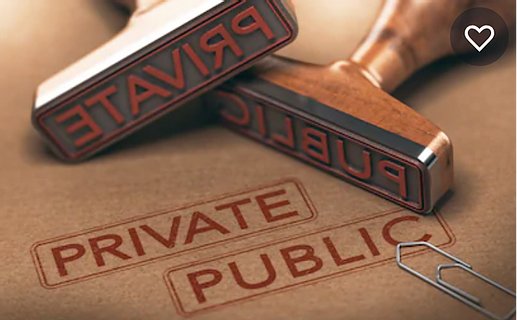The choice between private school and public school has gained considerable attention over the years. Since the decision weighs heavily on parents, it’s important to understand what both have to offer.
There are many variables between the two education systems to consider, however, there are some general similarities and differences. Listed below are some pros and cons of both private and public schools.

Pros of private schools:
- Smaller classes
This is a huge advantage! In smaller classes, teachers are able to interact with students and personalize their learning. Students get individual attention, and teachers can observe students closely to monitor their progress and implement strategies to help each student thrive. This increased interaction may lead to students being more interested and ultimately, more engaged in lessons, creating a positive learning environment.
- More advancement in curriculum and assessments
Private Schools are not limited to provincial or federal mandates on what can be taught and how students are tested. Opportunities for enriched curriculums play a large role in the benefits of private school education. In addition to standard subjects, private schools tend to offer more curriculum options in areas ranging from STEAM education to foreign language and even character development.
- Meals
Most private schools offer meal options unavailable in public schools. Some have food catered, others have on-site kitchens with staff offering hot meals prepared fresh daily. In addition, it is common for most private schools to place special emphasis on the quality of food and the nutritional value of the meals served.
- Variety of Instructional Models
Private schools design their instructional delivery around the needs of every student, their personality, and learning style. Most private schools put special emphasis on science, technology, and hands-on skills, as well as social and emotional education, nature studies, and advanced character development. Parents who pursue a private education are very interested in an educational model found in most private schools since most strive to create enriched learning environments for students.
Cons of a private school:
- Expense
Tuition makes private schools a financially challenging choice for families with lower income or multiple children. However, some families opt to cut out other expenses or pursue financial aid or grants for their child’s private education. Most private schools offer payment plans to parents who require financing options.
- Transportation services limitations
Private schools do not have to offer additional services for transportation. In some cases, however, they work with and recommend independent transportation companies.
Pros of public school:
- Cost
Almost always, public schools are free in the sense that they do not charge tuition. Parents still pay for a number of costs such as meals, field trips, yearbooks, fundraisers, and other additional expenses. However, it is an advantage in that those costs are significantly less than tuition at a private school.
- Transportation services
Public schools must provide transportation for all children as long as the household is within the geographical area that falls into the school’s territory.
Cons of public school:
- Larger classes
Most public-school classrooms have class sizes of up to 30 or more students. While that does not mean the learning environment is always unruly, it is more difficult to give students individual attention. Teachers who bear responsibility for 30 or more students experience many challenges in ensuring their students get the attention they deserve. The learning environment is quite obviously affected, as larger class sizes also have a direct impact on student engagement.
- Mandates
Public schools are both funded by and bound to federal, provincial, and regional mandates.
If the province or region requires all schools to take a certain type of year-end exam, then all schools must comply. Sometimes the mandates do not make sense and that is a common source of frustration among public school educators.
- Less flexibility in curriculum and assessments
Public schools do not have much flexibility when it comes to curriculum choices. Teachers can slightly adjust how they teach, but they don’t have any control over what they teach. This is a common complaint among public school teachers because the amount of material to cover in a short amount of time leaves little room for creativity. Public schools also have the disadvantage of many more required forms of assessment and accountability measures than in the private schools, which are able to adapt and modify assessments based on student needs.
- Minor consequences for disorderly conduct
Public schools cannot deny enrollment to any student. Students who misbehave continually in the public-school setting face consequences, but only in the most severe circumstances are students expelled. This can compromise a safe learning environment.
In summary, there are definite advantages and disadvantages for both systems. Understanding the differences is key in making the right decision for your child. Taking everything under consideration, be sure to visit the schools you are canvassing, ask questions, and meet the staff and students. By experiencing the environment in person, along with assessing your overall needs and how they will be met, you will have a much easier time deciding which school system is appropriate for your child’s growth and success.

